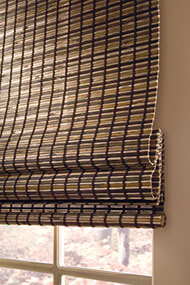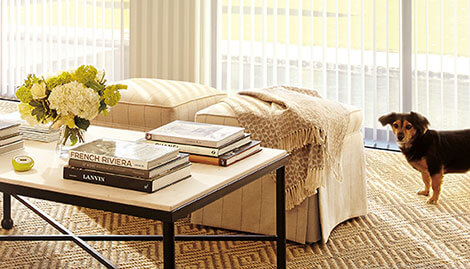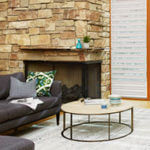Textures add a sense of touch to your decorating plans.
Textures offer choices from rough to smooth, nubby to silky.
It’s a beautiful design element. Consider these elements to add texture to your home:
- In fabrics – velvet, chenille, linen, wool and tweed
- In furniture – rattan, wicker and recycled wood
- In flooring – grained wood, textured tile, contoured rugs and shaggy carpeting
- In window fashions – smooth shutters and textured woven wood shades
- In painted walls – faux finishes such as Venetian plaster, ragging, sponging and marbleizing
Texture is not just about how a home design element feels; texture also has a look. If you use a neutral color palette, texture is especially important. It helps you avoid a sterile or cold feeling.
Think faux fur, fabrics with ridges, textured paint treatments, tongue and groove ceilings, ceiling medallions, rough stone fireplace facades, cork and grass wall coverings, uneven hand-made terra cotta tiles, even burlap in the right setting!
Smooth, soft fabrics tend to be associated with traditional or elegant rooms, while modern rooms have rougher texture, but you can think outside the box on these stereotypes. Layering textures is a good strategy, such as soft rugs atop hard surface flooring or smooth throw pillows atop a rough upholstery fabric on chairs and sofas.
Add a tactile sense to your interior decorating plan by focusing on textures with your home element selections.
Textures are a nice touch in an interior design scheme. They can caress your skin or stimulate the senses with a bit of roughness. Whether the textures you add are soft or hard, dense or airy, pliable or firm, they will add interest and engagement to your décor.
Copyright Hunter Douglas.





